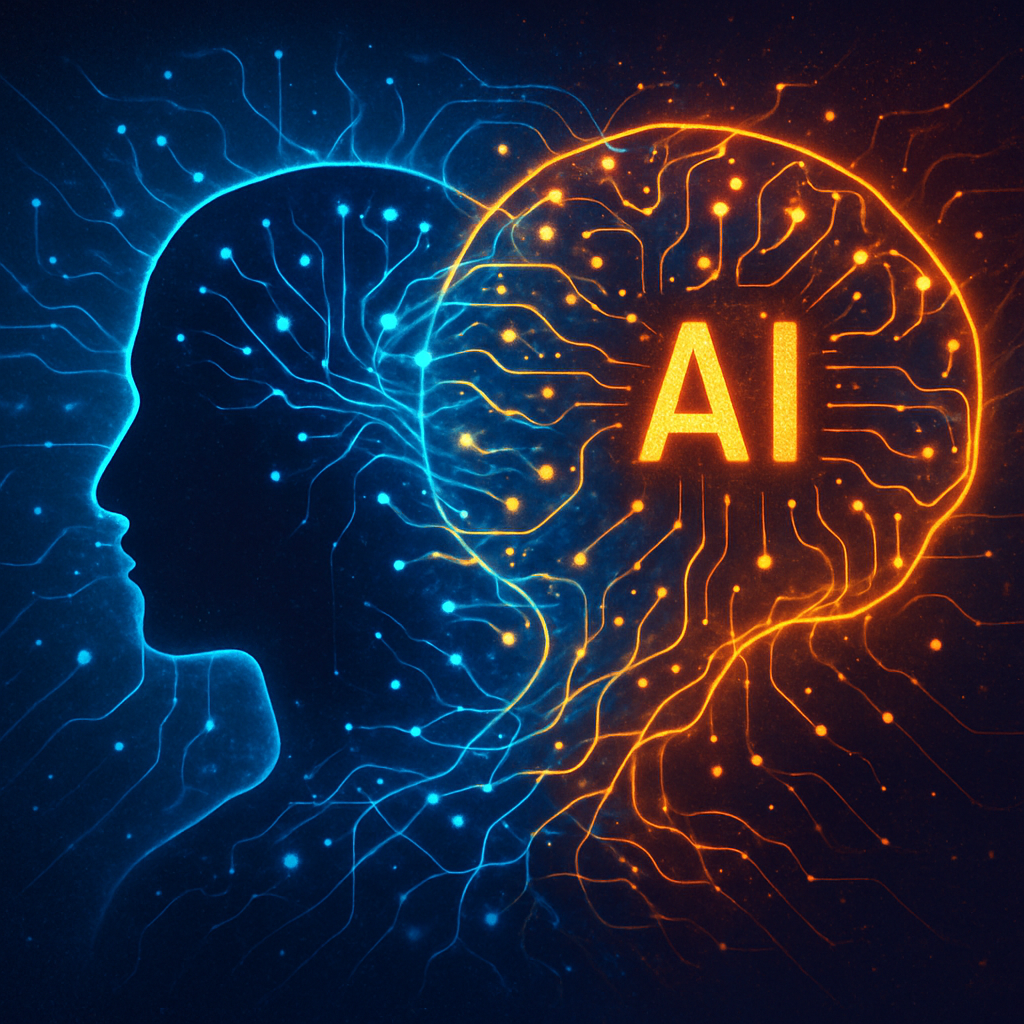
The concept of symbiosis—where two different species live together in mutually beneficial relationships—has shaped life on Earth for billions of years. From the ancient merger of bacteria that created the first eukaryotic cells[1] to the intricate partnerships between coral and algae[2], symbiotic relationships have driven some of evolution's most profound innovations. Today, as artificial intelligence becomes increasingly integrated into human society, we find ourselves at the threshold of a new kind of symbiotic evolution—one between humans and AI systems that could fundamentally reshape both partners in ways we are only beginning to understand.
Understanding Biological Symbiosis
To grasp the potential of human-AI coevolution, we must first understand how symbiosis works in nature. Symbiosis, derived from Greek words meaning "living together," describes intimate, long-term associations between different species[2]. These relationships exist on a spectrum from mutualistic partnerships where both species benefit, to parasitic arrangements where one benefits at the other's expense[1].
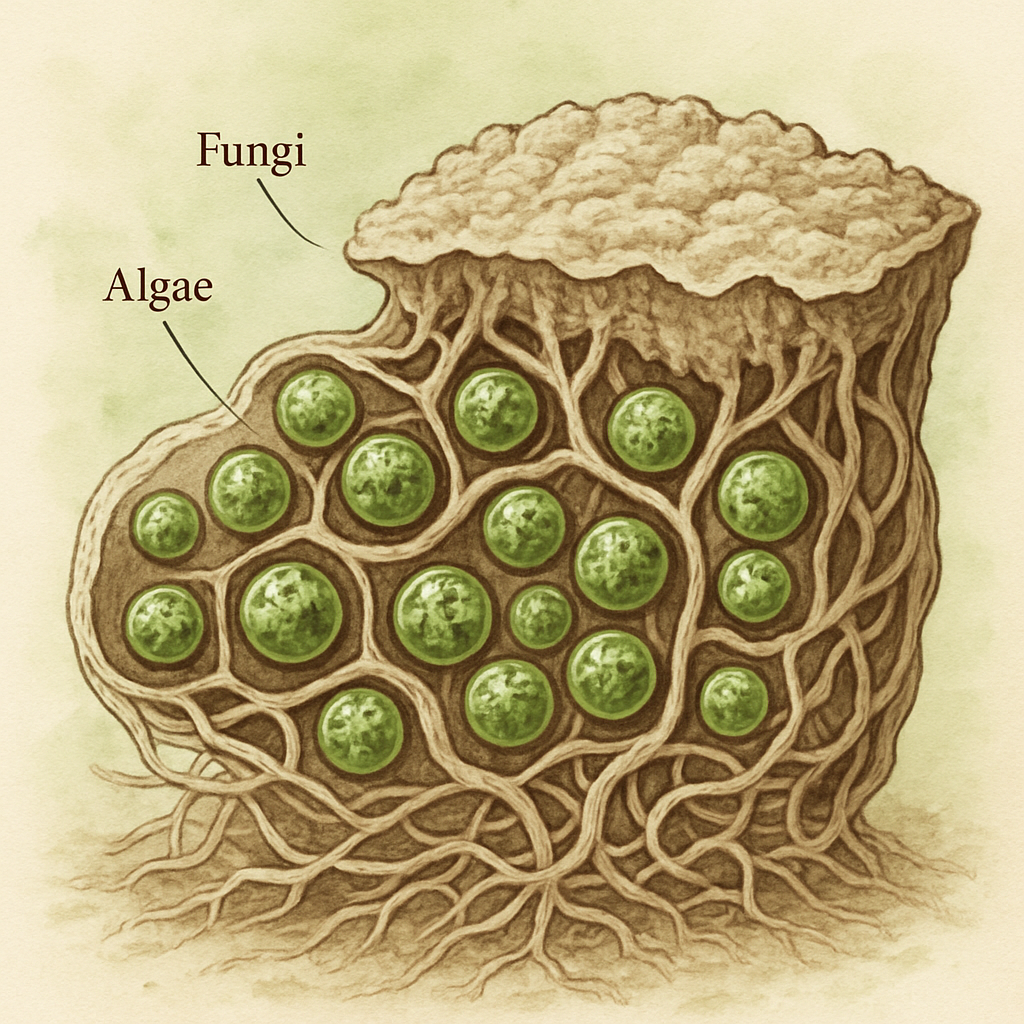
The power of symbiotic evolution lies in its ability to create capabilities that neither partner could achieve alone. Consider lichens—partnerships between fungi and algae or cyanobacteria that can survive in some of Earth's most extreme environments[1]. The fungus provides structure and protection, while the photosynthetic partner produces food through photosynthesis. Together, they can colonize bare rock and volcanic islands where neither could survive independently[1].
However, symbiotic relationships also present unique evolutionary challenges. As partners become increasingly interdependent, they risk what researchers call "the symbiosis rabbit hole"—a process where genetic drift and mutual dependence can lead to irreversible codependence and associated vulnerabilities[3]. The symbiotic bacteria in insects, for example, have undergone extreme genome reduction, losing genes for basic cellular functions while becoming entirely dependent on their hosts[3].
The Emergence of Human-AI Coevolution
Just as biological species have coevolved through intimate partnerships, humans and AI systems are now entering their own coevolutionary relationship. Human-AI coevolution is defined as "a process in which humans and AI algorithms continuously influence each other"[4], creating feedback loops where human choices generate data that trains AI models, which in turn shape subsequent human preferences and behaviors[4].
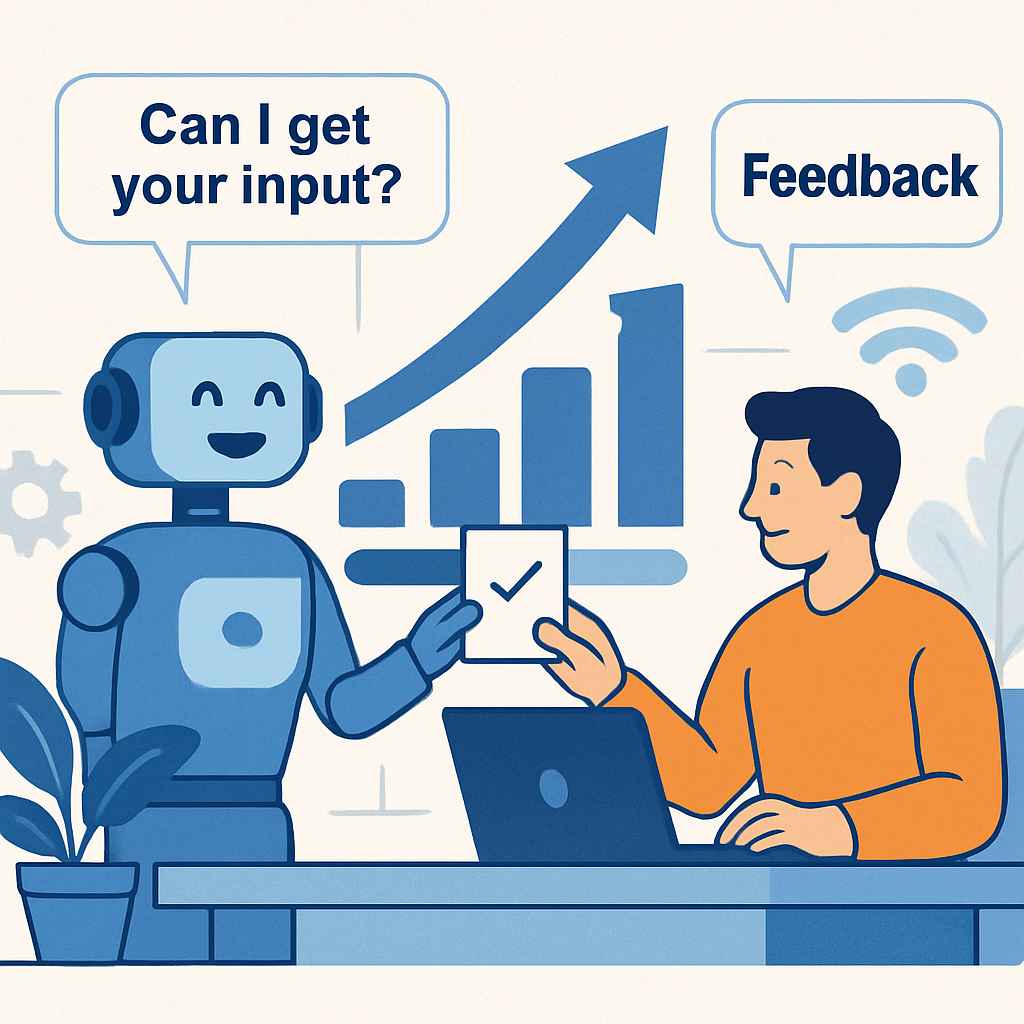
This process is already evident in recommendation systems, where user interactions continuously refine algorithmic suggestions, gradually shaping both user preferences and system capabilities[4]. Social media platforms, search engines, and streaming services create endless feedback loops where human behavior trains AI, and AI recommendations influence human decisions, creating what researchers describe as "complex and often unintended social outcomes"[4].
Unlike traditional human-machine interactions, this coevolutionary dynamic represents a fundamental shift toward what experts call Symbiotic AI—a design philosophy where AI solutions are built specifically around humans, focusing on collective intelligence that emerges when humans and algorithms collaborate effectively[5].
The Architecture of Symbiotic Intelligence
The most promising applications of human-AI symbiosis capitalize on the complementary strengths of each partner. Humans excel at intuitive understanding, contextual awareness, creative problem-solving, ethical judgment, and adapting to novel situations with minimal examples[5]. AI systems, meanwhile, demonstrate superior capabilities in processing vast amounts of data, performing complex calculations, maintaining consistent performance over time, and operating without fatigue[5].
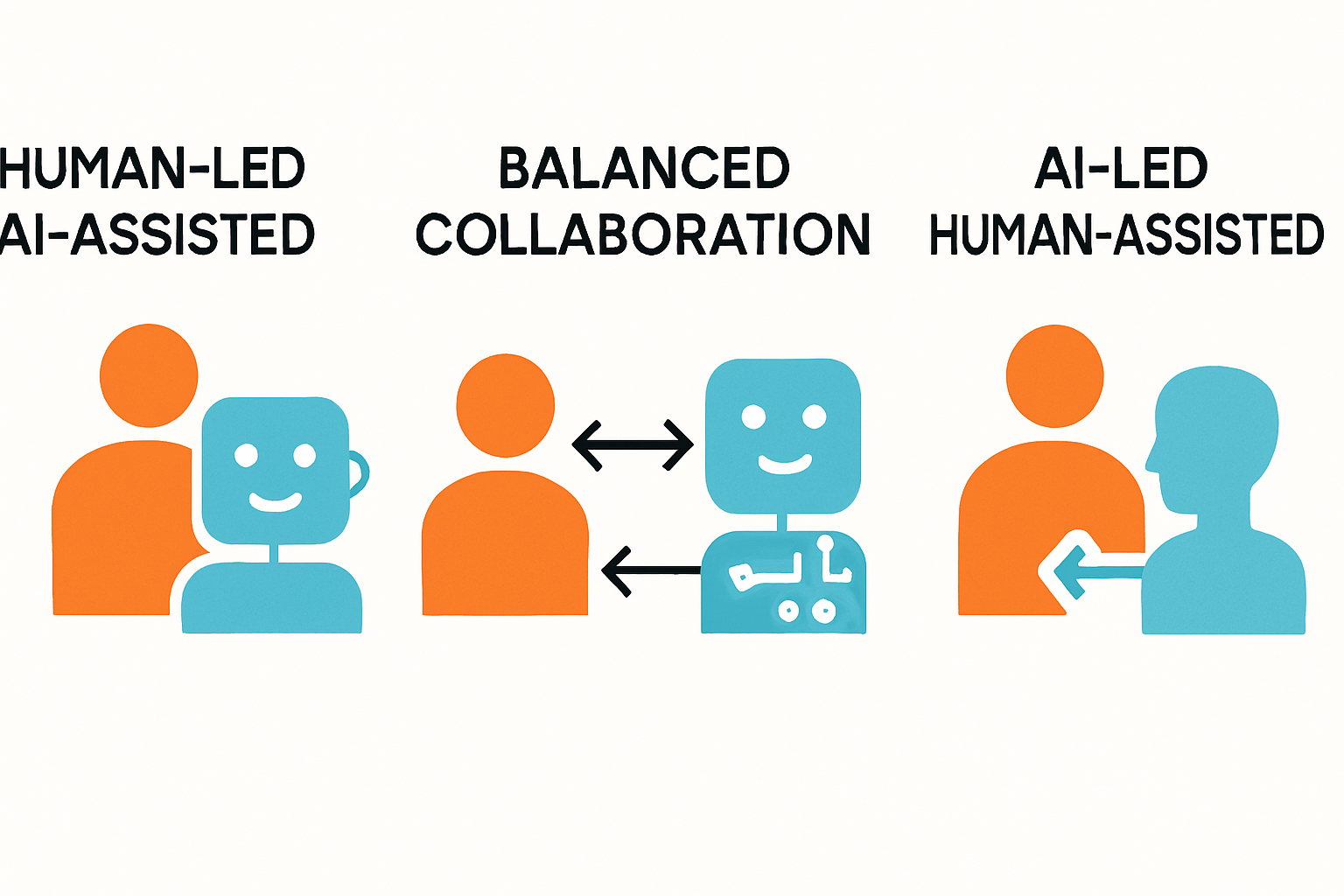
This complementarity forms the foundation of what researchers call collaborative intelligence—combining human creativity, critical thinking, and contextual understanding with AI's speed, precision, and data-processing capabilities[6]. Rather than simply automating human tasks, symbiotic AI creates new possibilities for human augmentation and enhanced decision-making[7].
Transfer Learning and Active Learning
Two key mechanisms facilitate this collaborative evolution. Transfer learning allows knowledge gained in one context to be applied in others, creating virtuous cycles where human expertise trains models that assist other humans, with insights feeding back to improve the original systems[5]. Active learning takes this further, with AI systems identifying when they need human input, requesting specific guidance on challenging cases, and incorporating feedback to improve performance[5].
These mechanisms enable what researchers term "cumulative inference quality"—the progressive improvement of collective human-AI intelligence through continued interaction and feedback loops[5].
The Promise of Human-AI Symbiosis
Augmenting Human Capabilities
Rather than replacing human intelligence, symbiotic AI focuses on augmenting human capabilities[7]. In healthcare, AI algorithms assist medical professionals by analyzing complex datasets like medical images and patient records, accelerating diagnosis while enhancing accuracy[8]. Radiologists then collaborate with AI to validate findings, interpret complex cases, and make final diagnoses[8].
In manufacturing, robots work alongside humans to optimize production processes, with humans overseeing strategic aspects while AI-driven systems handle repetitive tasks[8]. This collaborative approach not only enhances productivity but also allows human workers to focus on higher-value activities requiring creativity, empathy, and strategic thinking[9].
Addressing Global Challenges
The symbiotic approach shows particular promise for tackling complex global challenges that require both human insight and computational power. Climate modeling, drug discovery, and pandemic response all benefit from human-AI collaboration, where human expertise guides AI analysis of vast datasets to generate actionable insights[10].
Consider the example of a rural Indonesian patient receiving personalized healthcare advice from leading doctors in her own dialect through AI systems[11], or farmers using AI assistants that understand local weather patterns, soil conditions, and agricultural practices to optimize crop yields[11]. These applications demonstrate how symbiotic AI can democratize access to expertise while preserving the irreplaceable value of human judgment and cultural understanding.
Navigating the Risks and Challenges
The Dependence Dilemma
Just as biological symbiosis can lead to irreversible codependence[3], human-AI partnerships face risks of overdependence. One primary concern is the potential erosion of human cognitive abilities as individuals rely increasingly on AI for decision-making, creativity, and problem-solving[12]. Research suggests that excessive reliance on algorithms can lead to a decline in critical thinking skills and reduced ability to navigate unforeseen challenges[13].
However, recent studies indicate that AI dependence may not necessarily lead to mental health problems in the way that traditional technology dependence does[14]. Unlike conventional digital technologies that often provide low-quality interactions, AI systems are designed to be more human-like in their responses, offering competent communication and empathetic support[14].
Bias and Transparency Challenges
AI systems can perpetuate and amplify existing human biases, particularly when trained on historical data that reflects societal prejudices[15]. This creates risks of discriminatory outcomes in critical areas like recruitment, healthcare diagnosis, and criminal justice[15]. Additionally, the complexity of modern AI systems creates transparency challenges, making it difficult for humans to understand how decisions are made[12].
Alignment and Control
As AI systems become more sophisticated, ensuring they remain aligned with human values and intentions becomes increasingly complex[16]. The challenge extends beyond technical alignment to encompass broader questions about whose values AI systems should reflect and how to manage conflicts between different human interests and cultural perspectives[17].
Frameworks for Sustainable Symbiosis
Incentivized Symbiosis
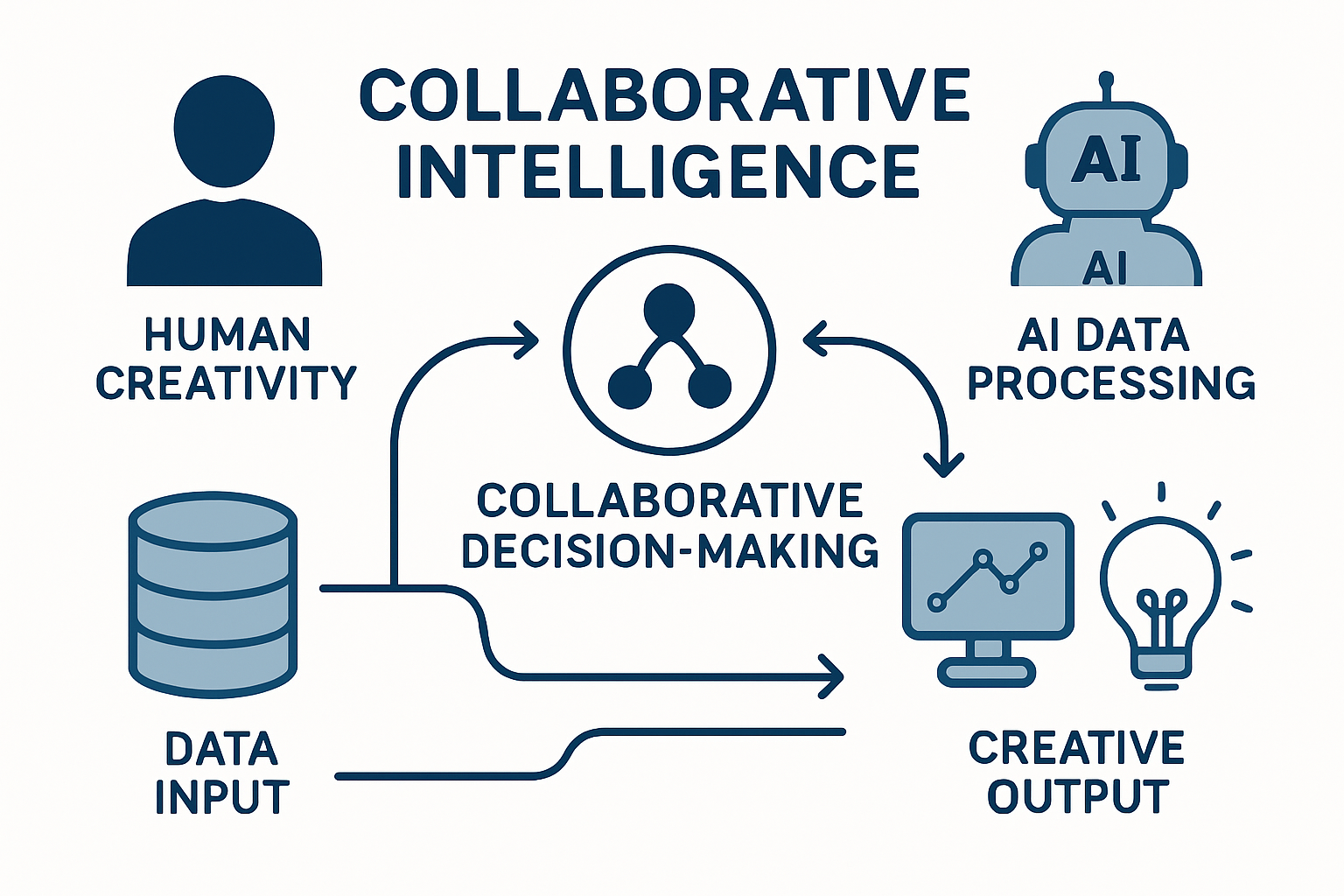
Researchers have proposed frameworks like Incentivized Symbiosis to address these challenges[18]. This paradigm aligns human and AI agent goals through bi-directional incentives and mutual adaptation, ensuring that both parties benefit from collaborative interactions while maintaining trust and accountability[18].
Key principles include creating transparent systems that provide appropriate visibility into AI processes, designing progressive autonomy that evolves from supervised to more independent operation as trust develops, and establishing feedback mechanisms that enable continuous learning from human input[5].
Adaptive Collaboration Models
Effective human-AI symbiosis requires different collaboration models for different contexts[5]:
- Human-led, AI-assisted: Humans make key decisions while AI provides analysis and recommendations
- Balanced collaboration: Joint participation in decision-making with clear handoffs between partners
- AI-led, human-assisted: AI handles routine decisions with humans providing oversight and ethical guidance
The choice of model depends on the specific domain, risk tolerance, and the current capabilities of both human and AI partners.
The Future of Human-AI Coevolution
Emerging Capabilities
As AI systems advance from generative to agentic—capable of independently deciding and executing tasks—the dynamics of human-AI collaboration will continue evolving[10]. Future AI agents may operate more like autonomous partners than tools, requiring new frameworks for cooperation, negotiation, and shared decision-making.
The integration of AI into Web3 and decentralized systems offers new possibilities for hyperconnected value networks where multiple AI agents and humans collaborate on complex tasks, with contributions recognized and rewarded through transparent, blockchain-based mechanisms[5].
Preparing for Coevolutionary Futures
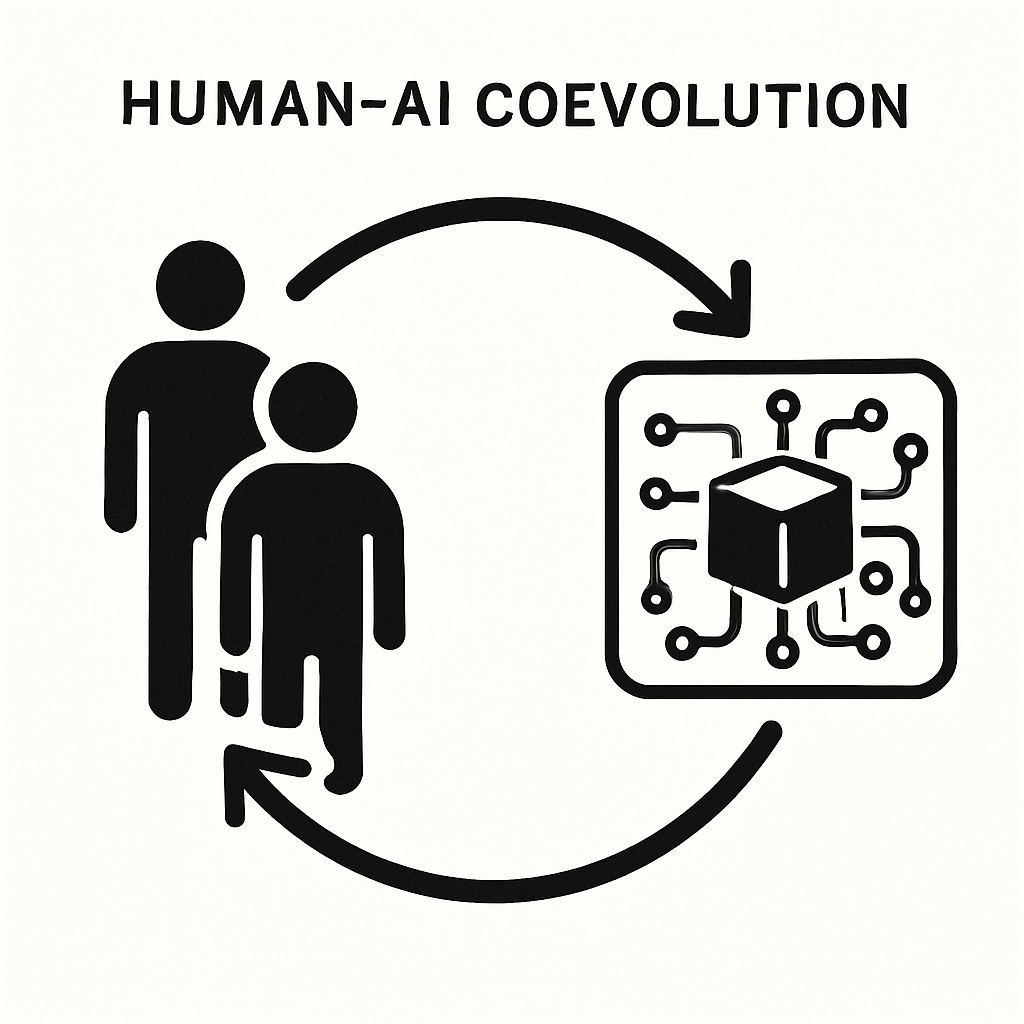
Successfully navigating human-AI coevolution requires proactive preparation[10]. This includes developing new educational approaches that emphasize creativity, emotional intelligence, and ethical reasoning—areas where humans maintain advantages over current AI systems[9]. Organizations must foster cultures that embrace change while preserving essential human qualities like empathy, critical thinking, and moral judgment[19].
Researchers emphasize that this preparation cannot be passive. As one expert notes, "hybrid intelligence requires action"[10]. We must actively evolve by reskilling and building infrastructure to enable future generations to grow in tandem with technology.
Toward Mutual Flourishing
The biological world offers both inspiration and caution for human-AI symbiosis. While symbiotic partnerships have driven some of evolution's greatest innovations, they also demonstrate that successful coevolution requires careful balance, mutual benefit, and mechanisms to prevent exploitation or overdependence.
The path forward involves embracing bidirectional alignment—where both humans and AI systems adapt to understand and complement each other rather than assuming humans should remain static while AI conforms to us[16]. This approach recognizes that humans have historically coevolved with our technologies, from writing systems that changed how we think to digital tools that reshaped our social interactions[16].
The future of human-AI symbiosis lies not in making AI more human-like or humans more AI-like, but in developing frameworks where both intelligences evolve together, each maintaining unique strengths while adapting to complement the other's capabilities[16]. In this vision, alignment becomes not a constraint on AI development but a framework for mutual growth and flourishing.
As we stand at this evolutionary crossroads, the choices we make about human-AI relationships will profoundly impact whether humans remain relevant partners to AI or become obsolete in an AI-dominated future[16]. By pursuing symbiotic approaches that honor the unique value of different cognitive architectures, we can envision a future where humans don't just survive alongside superintelligent systems but thrive with them in a partnership of complementary minds.
The symbiotic evolution of humans and AI represents perhaps the next great leap in the story of life on Earth—one where biological and artificial intelligence merge not through replacement, but through collaboration, creating collective capabilities that transcend what either could achieve alone. Like the ancient bacterial partnerships that gave rise to complex life, this new symbiosis may unlock possibilities we can barely imagine, reshaping not just how we work and live, but what it means to be intelligent in an interconnected world.
No comments:
Post a Comment